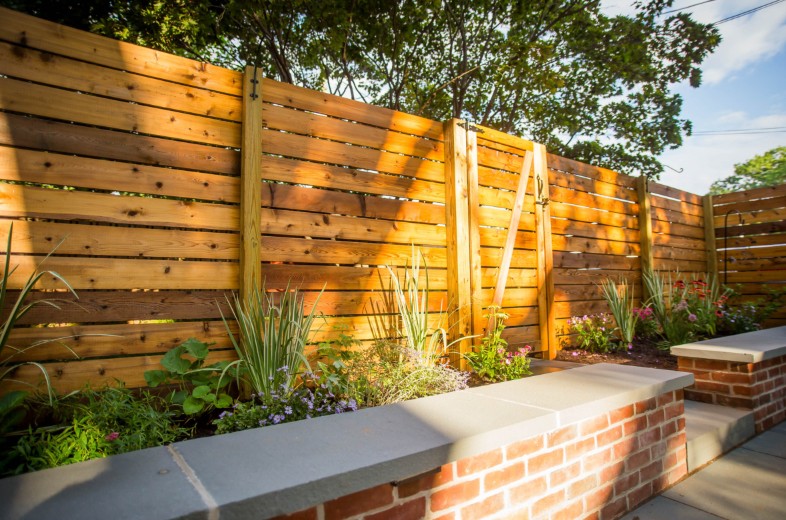
Inground Pool Installation: What to Expect, Plan, and Prepare
An inground pool is a major investment that transforms any backyard into a luxurious, private oasis. Whether you’re installing a pool for relaxation, exercise, or entertainment, understanding the installation process helps ensure the project goes smoothly from start to finish. This guide breaks down everything you need to know about inground pool installation — from choosing the right type of pool to post-installation care.
1. Choosing the Right Type of Inground Pool
There are three main types of inground pools:
- Concrete (Gunite/Shotcrete): Highly durable and customizable. Ideal for complex shapes and large sizes, but often the most expensive and time-consuming to install.
- Vinyl Liner Pools: Cost-effective with a smooth finish. Liners need replacement every 7-10 years but offer decent customization options.
- Fiberglass Pools: Pre-molded shells that are quick to install, low maintenance, and resistant to algae, but limited in size and shape choices.
When deciding, consider factors like budget, maintenance, climate, and intended use.
2. Planning Your Inground Pool Installation
Site Evaluation
A professional pool contractor begins with a site inspection to evaluate soil conditions, yard slope, and access for heavy equipment. They’ll also check zoning laws, setback requirements, and utility lines.
Pool Design
Once the site is deemed viable, the next step is to create a pool design that suits your backyard space and lifestyle. Customizations may include:
- Size and shape
- Water features (e.g., fountains, waterfalls)
- Entry type (steps, beach entry, ladders)
- Pool lighting
- Integrated spas
- Decking and coping materials
Permits and Approvals
Before construction begins, permits are typically required from your local municipality. This includes building permits, electrical permits, and sometimes environmental approvals. A licensed contractor usually handles this paperwork.
3. Excavation and Foundation
Once all permits are secured, excavation begins. This is where your backyard starts to take shape. Excavators remove soil to the pool’s specified depth, and the site is graded to ensure proper drainage.
For concrete and vinyl pools, steel rebar or panels are added to reinforce the pool structure. For fiberglass pools, the shell is lowered into place after the excavation is prepared with gravel or sand.
4. Pool Installation and Plumbing
Concrete Pools:
- A concrete mixture is sprayed over the steel frame (shotcrete or gunite).
- The surface is troweled smooth and left to cure, which can take several weeks.
- Once cured, it’s finished with plaster, tile, or pebble surfaces.
Vinyl Pools:
- Steel or polymer wall panels are secured around the perimeter.
- A vinyl liner is installed and vacuumed into place, conforming tightly to the frame.
Fiberglass Pools:
- The pre-made shell is lifted by crane and set into the excavated area.
- Plumbing is connected, and backfill (usually gravel or sand) is placed around the shell for support.
Plumbing systems, skimmers, returns, and drains are all installed during this phase, along with electrical lines for pool lighting and equipment.
5. Decking and Landscaping
Once the pool shell and plumbing are in place, the surrounding pool deck is poured or installed. Popular decking materials include:
- Stamped concrete
- Pavers
- Travertine
- Brushed concrete
- Composite wood
Landscaping around the pool adds the final aesthetic touch and may include grass, plants, lighting, and fencing. Fencing is often a legal requirement for safety.
6. Equipment Installation
Pool systems are essential for keeping water clean and safe. Your pool contractor will install:
- Pump and Filter System: Ensures water circulation and filtration.
- Sanitizing System: Chlorine, saltwater generators, or UV sanitizers.
- Heating System: Gas heaters, electric heat pumps, or solar panels.
- Automation: Smart pool controls for lighting, temperature, and cleaning.
Many homeowners also opt for features like automatic pool covers or robotic cleaners at this stage.
7. Filling the Pool and Final Inspection
Once everything is in place, the pool is filled with water, and a thorough inspection ensures that plumbing, electrical, and structural elements meet code. Water balancing and chemical start-up follow soon after.
Local inspectors may also conduct final walkthroughs before the pool can be officially used.
8. Maintenance and Pool Care
After installation, proper maintenance protects your investment. Key tasks include:
- Skimming and vacuuming debris
- Testing and balancing water chemistry
- Monitoring filter pressure and cleaning it as needed
- Brushing pool walls and tiles
- Winterizing the pool in colder climates
Many homeowners invest in regular pool service to keep their water crystal clear and equipment running efficiently.
9. Timeline and Costs
Timeline:
- Fiberglass: 2-3 weeks
- Vinyl Liner: 4-6 weeks
- Concrete: 8-12+ weeks
Cost Estimates:
- Vinyl: $35,000–$65,000
- Fiberglass: $40,000–$75,000
- Concrete: $60,000–$120,000+
Additional features like spas, automation, or high-end finishes can add significantly to the final price.
10. Choosing the Right Contractor
Your choice of contractor can make or break your pool project. Look for:
- Licensed and insured professionals
- Strong portfolio of completed pools
- Positive online reviews and testimonials
- Clear warranty terms
- Transparent, detailed quotes
Local companies like C-Ray Pools in Indiana offer expertise in designing and installing custom inground pools tailored to your outdoor space and budget.
Conclusion
An inground pool Indianapolis is more than just a backyard upgrade — it’s an investment in your home’s value and your family’s lifestyle. By understanding the installation process and partnering with a trusted pool builder, you can ensure a seamless experience and enjoy your private oasis for years to come.
Whether you’re dreaming of a sleek modern pool or a tropical-style retreat, professional inground pool installation makes that vision a reality.
You May Also Like

Home Interior Design
August 5, 2023
Top 10 Benefits of Installing Wood Fencing on Your Property
June 23, 2025